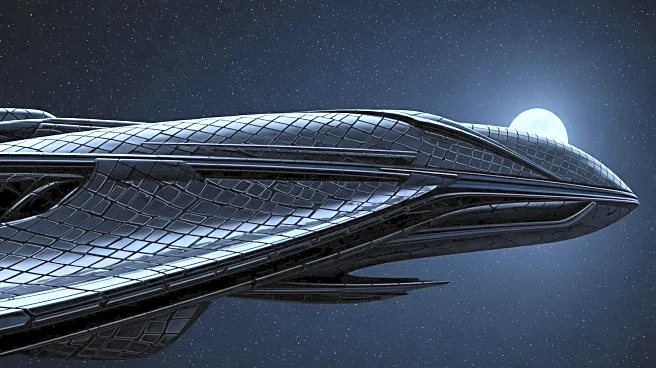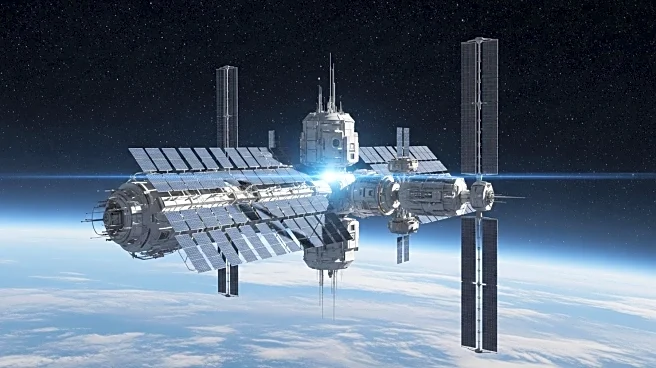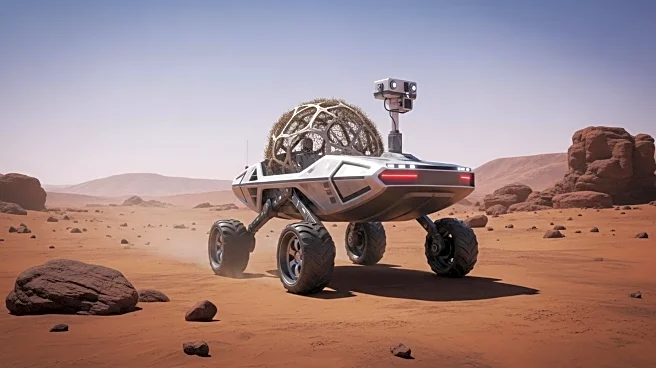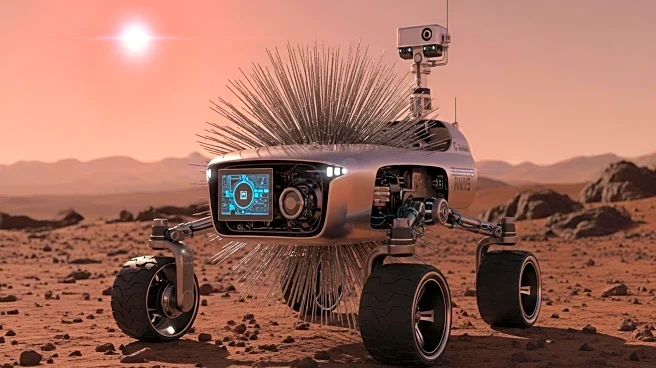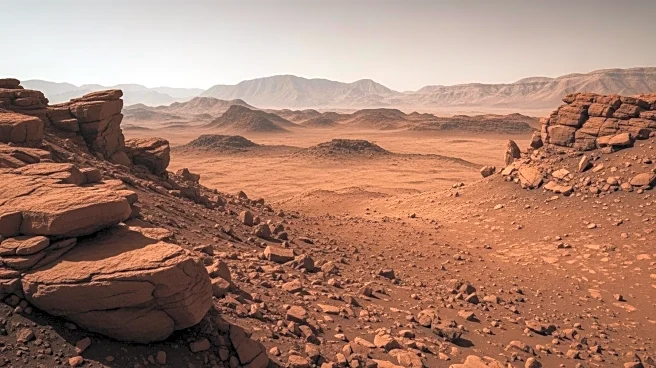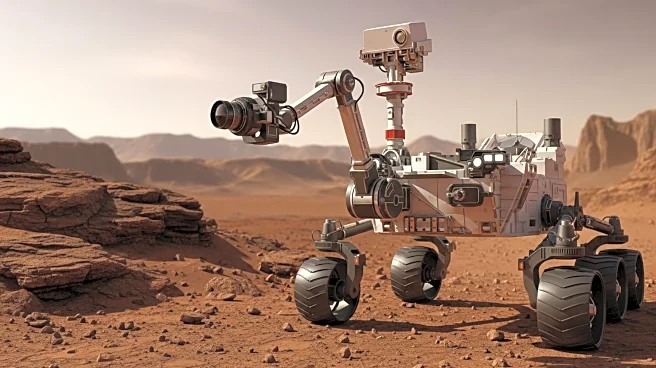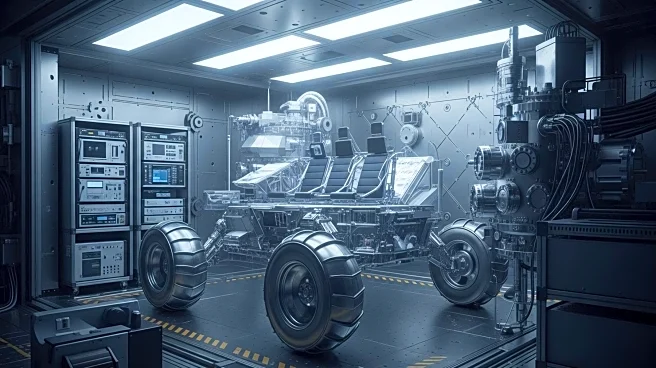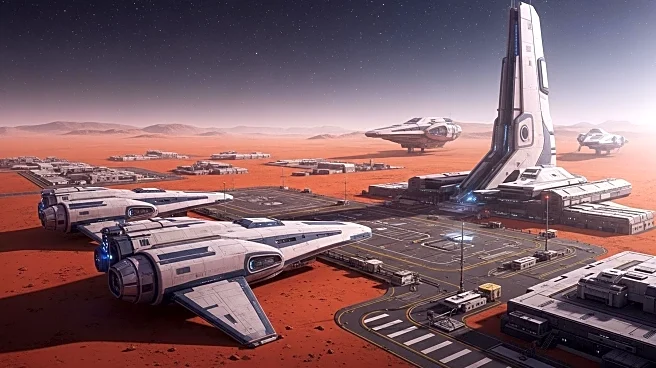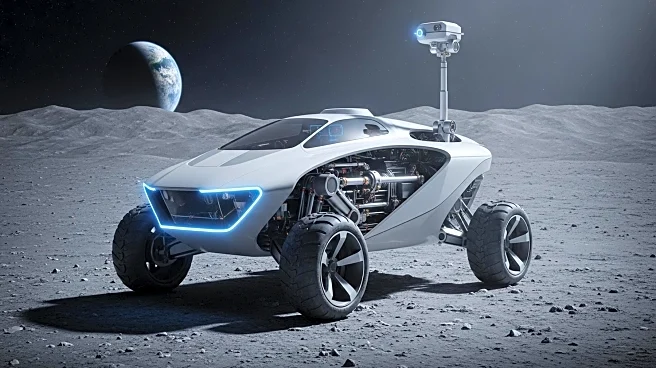What's Happening?
The Tumbleweed rover, a spherical, wind-driven exploration vehicle, is showing promise for low-cost, large-scale exploration of Mars. Recent experiments conducted in wind tunnels and field tests have validated the rover's ability to navigate Martian-like terrains using wind power. The rovers, designed by Team Tumbleweed, are lightweight and capable of gathering environmental data across Mars. The development marks a significant step in autonomous planetary exploration, with the potential to provide comprehensive data on Martian atmospheric and surface conditions.
Why It's Important?
The Tumbleweed rover represents a breakthrough in cost-effective space exploration technology. By utilizing wind power, these rovers can cover vast areas of Mars, offering a new method for data collection that complements existing rover missions. This innovation could significantly enhance our understanding of Mars, aiding future missions and potentially supporting human exploration. The project's success also highlights the role of international collaboration and innovation in advancing space exploration capabilities, with implications for other planetary missions.
What's Next?
Team Tumbleweed plans to integrate more sophisticated instruments into the rover's payload and conduct further field tests in Mars-like environments, such as the Atacama Desert in Chile. These steps aim to refine the rover's capabilities and prepare it for potential deployment on Mars. The ongoing development will focus on improving the rover's dynamics models and scaling up its technology readiness levels, paving the way for future missions that could transform our approach to planetary exploration.

